How did other climbers start climbing? What’s the story behind all that passion and motivation to pursue climbing everywhere? I don’t know about you, but I have always loved good inspirational climbing stories.
Today’s guide is about inspirational climbing stories and how people got into climbing, be it bouldering, indoors, or rock. Stick with us and be inspired!
An introduction to climbing
At the end of the 19th century, climbing was already a common recreational activity in countries such as the US, France, Italy, and England. And in some countries, more than in others, rock climbing and mountaineering already have a long history. On top of that, the indoor climbing business is blooming every year.
Climbing is a sport activity that focuses on developing strength, balance, problem-solving skills, and improving mental focus. For many, it’s also a way to connect with nature and push personal limits. Climbing can take place on big mountains, cliffs, boulders, or even indoors.
Over time, distinct communities have emerged for each climbing style:
Bouldering
Bouldering is a unique blend of instinct and skill, a form of free climbing that is performed on small rock formations or artificial walls without the use of ropes or harnesses.
The only form of protection is a pad at the base of the boulder and (ideally) your bouldering buddy who is spotting you.
Trad climbing
Trad climbing (traditional) is a style of rock climbing where climbers place their own protection gear (like cams and nuts) into cracks and other rock features as they ascend.
It’s often seen as a more adventurous, self-reliant, and technical form of climbing because you rely on your own gear placement for safety, not pre-installed bolts as you would on a sport climb.
The person who climbs last removes the remaining gear.
Sport climbing
Climbing routes with pre-placed bolts in the wall or rock. Climbers use ropes and harnesses for protection.
Top-rope climbing
A rope is anchored at the top of the route, and the climber is belayed from below, making it one of the safest styles to learn. Modern gyms usually have pre-placed top ropes.
Indoor climbing
Indoor climbing is perfect for beginners and seasoned climbers alike. It’s a super accessible way to get into climbing because it doesn’t involve owning your own gear, traveling, or worrying about weather conditions.
Moreover, gyms usually offer or sell introductory climbing classes with certified climbing instructors.
Instead of natural rock, climbers use plastic or resin holds (the colorful holds you see on the walls), which are called routes and vary in difficulty.
Ice/Mix climbing
Ice climbing is a type of climbing where you climb waterfalls that freeze during winter. It’s adventurous, intense, and incredibly rewarding for those who appreciate a good struggle in some of nature’s harshest environments.
If I were to describe it in three words, I would use – a mix of athleticism, technical skill, and mental focus.
Mixed climbing takes it a step further: it combines ice climbing and rock climbing in one route.
Climbers use the same ice tools, ice screws, and crampons but might move between rock, ice, snow, and frozen rock on the same climb.
Watch more about Trad, Sport, Free, Free Solo, Aid, Bouldering – Know The Difference

How do people get into climbing
Climbing is a sport with many entry points: some start in climbing gyms, and others begin outdoors, often introduced by friends or family. Some stumble into it during travels or outdoor adventures, while others transition from other sports like gymnastics, running, or weightlifting.
Many see climbing as a way to overcome personal struggles, health challenges, physical disabilities, or other sorts of trauma. The best part about it? Anyone can start climbing at any age. Let’s find out how others discovered climbing.
Lynn Hill and how she became one of the best climbers in the world
Lynn Hill is a true icon in the world of climbing – a door opener, a record-breaker, and a powerful force who redefined what was possible in the sport, especially for women. But before all of that, did you know she used to be a top gymnast in California?
When she was a teenager, her sister’s fiancé, Chuch Bludworth, introduced her to climbing. From day one, Lynn was hooked and sent her first 5.5 sport route leading straight away. Only a few weeks later, she led her first 5.10c (at Joshua Tree National Park). Both challenged and inspired by what men could accomplish in those times in terms of climbing, Lynn started pursuing a life of sports, focusing mainly on climbing – at a time when climbing was still a niche activity and heavily male-dominated.
In the 80s, she was dominating competitions and in 1993 made history by becoming the first person (man or woman) to free climb “The Nose” on El Capitan in Yosemite National Park. A year later, she returned and freed it in a day.
But Lynn’s story is much more than that, and if you are interested, I highly recommend her book “Climbing Free”. Here she speaks about how she began climbing, how she became one of the best climbers the world has ever known, her life journey, and other amazing details you would never imagine.
As a piece of advice: start reading it early in the morning because once you start reading it, you will not go to sleep until you finish it. Watch here more

Against the odds: Inspirational comeback from a life-changing injury
I recently watched ‘PLAY’ – a documentary showcasing Tiffany Soi and how she rediscovers rock climbing after a spinal injury. In the climbing community, Tiffany Soi is renowned for her competitive bouldering & outdoor rock-climbing pursuits. Outside of it, she is a wellness & fit-yoga coach, astrophysicist, speaker, as well as actor & TV presenter.
Her story is not about how she got into climbing, but more about how she overcame struggling with chronic pain and not being able to walk, and what insights this experience brought into her life journey.
Filmed and edited by Catarina Monteiro, this documentary reflects an important belief in the importance of nurturing both the body and mind, encouraging a balanced and fulfilling lifestyle.
I find it very inspiring to anyone who’s searching for hope and wants to believe that things that seem impossible can be achieved.

Bobby – an example of how to build the life you want
When the idea of writing this article came up, I first thought about Bogdan Marea (Bobby) – one of the most inspiring people from the climbing community I know. Also, one of the kindest.
Bobby is not a rockstar, but he is definitely a known figure in the Spanish climbing community, especially the one in Oliana (Peramola, Spain). I first met him during one of my climbing trips in Catalunya, Spain. Here’s his story:
“I first started climbing when I was 35 years old. At the time, I was a truck driver, and I had just ended a long-term relationship with someone whom I was supposed to marry. This is also how I ended up not knowing what to do with my free time.
But one day, a friend introduced me to indoor climbing. Soon enough, after that Saturday, my only free day, became my regular day for climbing. Some months later, I got the chance to go climbing in Margalef, and I think that day completely changed my perception of climbing.
I remember it like it was yesterday: after climbing a 6a and a 6b first go, I decided to try a 6b+. Unfortunately, I fell near the top, and that really shook me up. This experience made me want to climb only top rope.
Luckily, my friends said I should fight the fear and suggested I climb easier grades so I get used to different situations.
The more I climbed, the more I wanted to climb. But I also wanted to climb harder – it’s just I didn’t have the time. So I decided to buy myself a hangboard so that I could train during my lunch breaks.
My only free day back then was Saturday, and I reserved it so I could go rock climbing. When I realised how much I love climbing, I started looking for ways of changing my job just so I could have more time to do it. And I did. In the first 2, 3 years, I managed to do two training sessions per day: one during my lunch break and one after I finished work.
At this point, I had some money saved, and I started considering quitting my job just so I could climb more outdoors. Shortly after I met Vivi, my current girlfriend, who was between jobs and climbing full time.
So, I told myself Vivi was just the perfect person to do that with – so I quit my job.
I bought a camper so I could live close to nature and avoid paying rent—this made it possible for me to climb full-time for five years.
Climbing isn’t the only thing that can be life-changing, even if it feels that way to me. I truly believe any sport has the power to improve your life in countless ways. For me, it just happened to be climbing.
Through this shared passion, I met so many interesting people and cultures, I got to learn a lot about myself, and I became more connected with nature and the world around me. And last but not least, I became a much healthier person.”
Bobby and his climbing achievements:
When I first started climbing, a 6c+ was something almost intangible to me. Therefore, it also “became my training goal. The friends I was climbing with were climbing around that grade, and they’ve already been climbing for 4,5 years. So, I imagined that sending a 6c+ would take me about the same time. To my surprise, I sent that 6c+, only 3 months later.
I wanted more, and I was curious about what that “more” could mean. One year after that, I sent my first 7c+. Two years later, I sent my first 8a in Montserrat, Barcelona. Four years later, I sent Maroncita, my first 8b in Oliana, after which I tried Humildes pa casa 8b+.

Soon, after Mind control, Fish eye, and Gran Blau followed. Joe Blau (8c+) is the hardest route I’ve projected so far, and I managed to send it last year, soon after my dad died.

What motivates me in climbing is the challenge of achieving something that feels impossible to me. This is why I train and project hard routes that I feel they’re going to take a lot of work. This is what fuels my motivation. I never regretted this decision.
I honestly wish that everyone could experience what I’ve experienced in those years.“
How I got into rock climbing
My home education led me to believe sports are something we do in school as an extra activity. Growing up, I remember my father using dismissive language when talking about athletes and people who did sports for more than an hour a week.
As an adult, I could see how this thinking added to my lack of interest in any sport. As a result, in 4th grade, I invented a fake disease so I could quit sports classes in school.
Years later, when I was already a first-year student I went to an outdoor music festival with – you guessed it – lots of outdoor activities during the daytime. My boyfriend at the time and I were eager to dive into adventurous activities so we signed up for an introductory climbing course.
My first experience wasn’t quite as amazing as I had hoped. It turned out that a lot of other people had the same idea as us, and there were no limits on attendance. This led to a hectic and noisy atmosphere, with an overwhelming number of people around.
We found ourselves lost in a mix of top ropes, many people, and the guides who were shouting and occasionally laughing, telling us where to place our feet on the rock and what to do next.
To me, this felt like participating in a circus. Did I mention no one gave us any introductory instructions or climbing shoes?
The overall feeling? Panic! Everything seemed to happen on autopilot, and nothing really clicked. At the end of the day, this was an unpleasant experience that failed to ignite any interest whatsoever.
But my boyfriend was less sensitive about it so he asked me if I was willing to take a climbing gym membership.
To be honest, given my first experience with climbing, I wasn’t very keen!
However, because I used to be a smoker back then, I thought: What better way to quit?!
After practicing climbing for a month, we ventured into some light mountaineering and easy multi-pitches in the great outdoors. Now this was a different story – the mountain landscapes can be quite stunning and captivating with their earthy greens and vibrant blues in the background, often highlighted by fluffy clouds racing across the mountains.
I came to enjoy climbing, but it still did not feel like something important in my life. Leading any of those pitches was never something I did, nor did I wish to. The responsibility felt distant, even unimaginable—I couldn’t picture myself taking it on.
After a full summer of climbing, my boyfriend got a job in another country, and I never went back to the climbing gym.
One year later, the same boyfriend proposed that we take a 3-day climbing course with a mountain guide. I must say I was a bit reluctant at first. The idea of paying someone to literally haul us up some famous multi-pitches didn’t sit well with me, especially considering we hadn’t climbed in a year. Still, despite my reservations, we decided to go for it.
Only this time, despite expecting the worst, something had changed. I saw things differently. My boyfriend and I started climbing without really knowing anything about climbing.
We learned a lot by reading about it online – but as you know, the internet can also be full of misleading information. Being with an actual professional, however, gave me an idea of how things could become if I were to dedicate more time to climbing.
Watching the guide climb those pitches with such ease was truly inspiring.
Long story short? Three unforgettable days out in the heart of the wild Carpathian Mountains- surrounded by silence, inspiring and breathtaking views, and a guide who knew how to turn a climbing day into a full-blown adventure – was a game changer for me. And it made me want to be able to explore all that beauty on my own.
There’s something about disconnecting from the noise of everyday life and reconnecting with nature that flips a switch. For me, that’s all it took to fall head over heels in love with climbing and take my first independent monthly membership at the best climbing gym in town.
After I finished my studies, I took my first Monday-to-Friday job. But I found myself dreaming about weekends – I was unhappy, and I wanted to climb.
A year later, I knew that life is not going to cut it for me and I had to do something about it. And just like that, I slowly started to build my life around it.
It took me years, but in the end I gave up the advantages of a career. Fast-forward eleven years, here I am – living in the Southern French Alps for the past 5 years.
Today, I am writing this article, and I feel both inspired and grateful to be interviewing my friends and by the countless unique stories of how climbing changed people’s lives for the better.
Final note
Climbing, unlike other sports, is not a part-time sport. It is not something you do for a couple of hours a week. When climbing overcomes the idea of a hobby becomes a community, a way to live life, a culture.
In Bobby’s case, the way he decided to live his life can be an inspiration to everyone and especially to the common people who discover climbing late in life. Those who haven’t climbed since they were 5 years old but still fantasise about climbing hard one day.
He’s one of those people who initially don’t stand a chance but end up having great climbing results through sacrifice, work, and dedication.
It’s all about what you want and what you are willing to give up for that. In the end, we don’t have space for everything in life, but we can make space for the things we want.
There are certainly many climbers amongst you who have an inspirational story to share.
We would be so happy if you’d share it with us. Drop us a comment below.

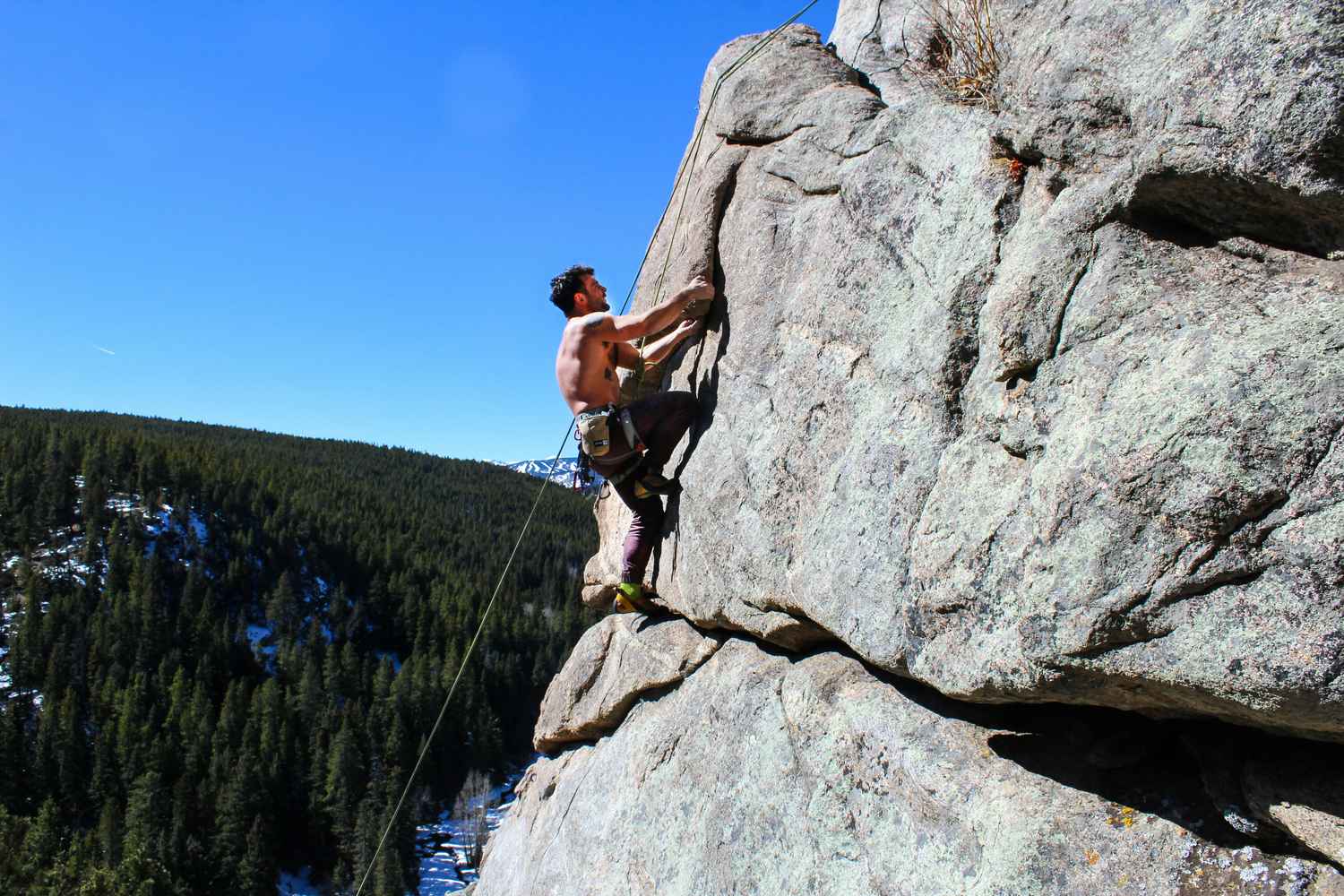


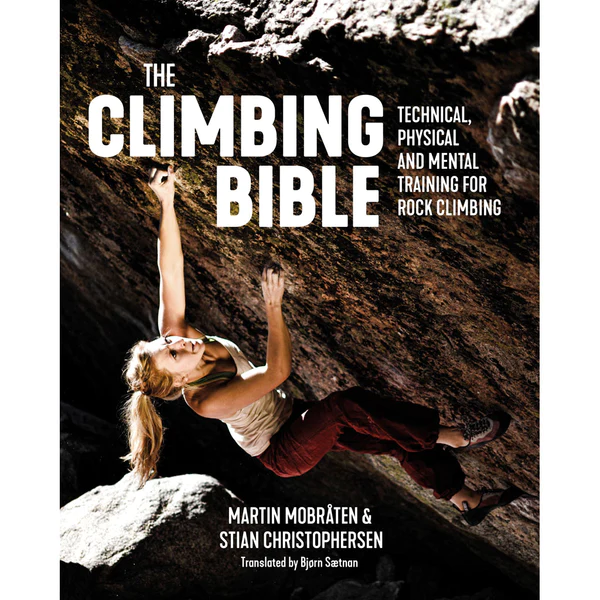
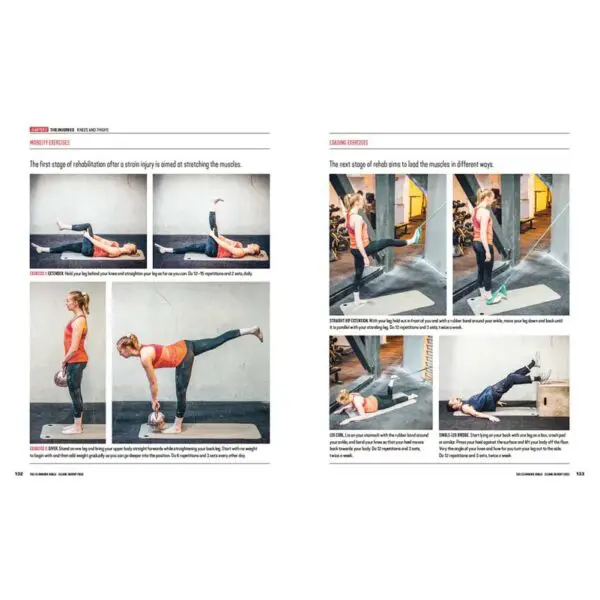



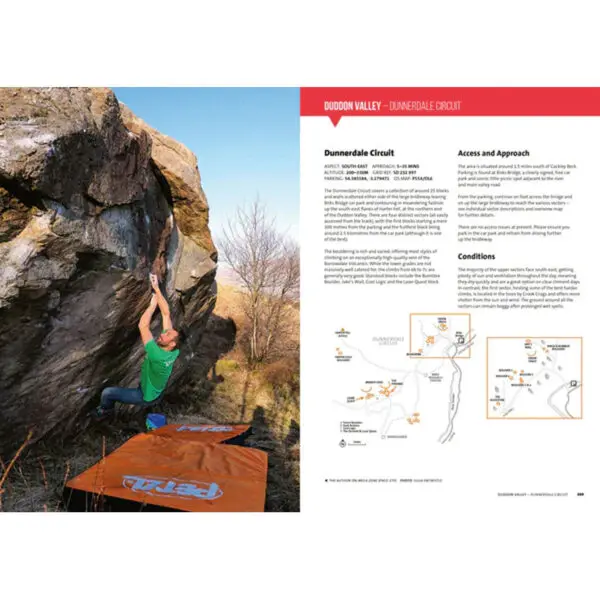










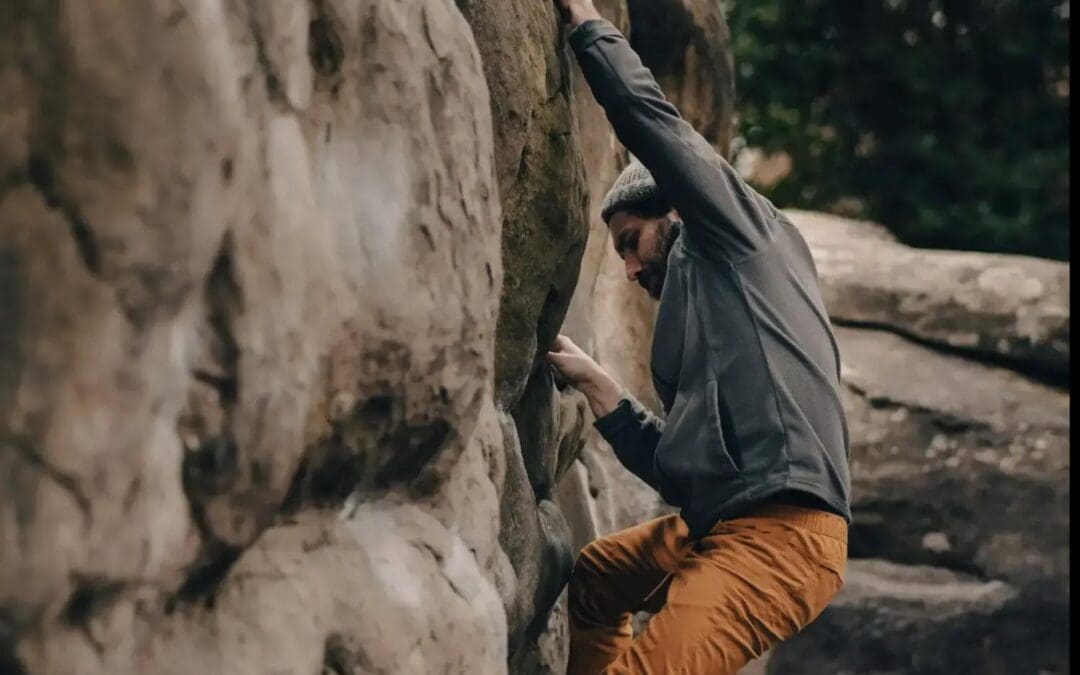
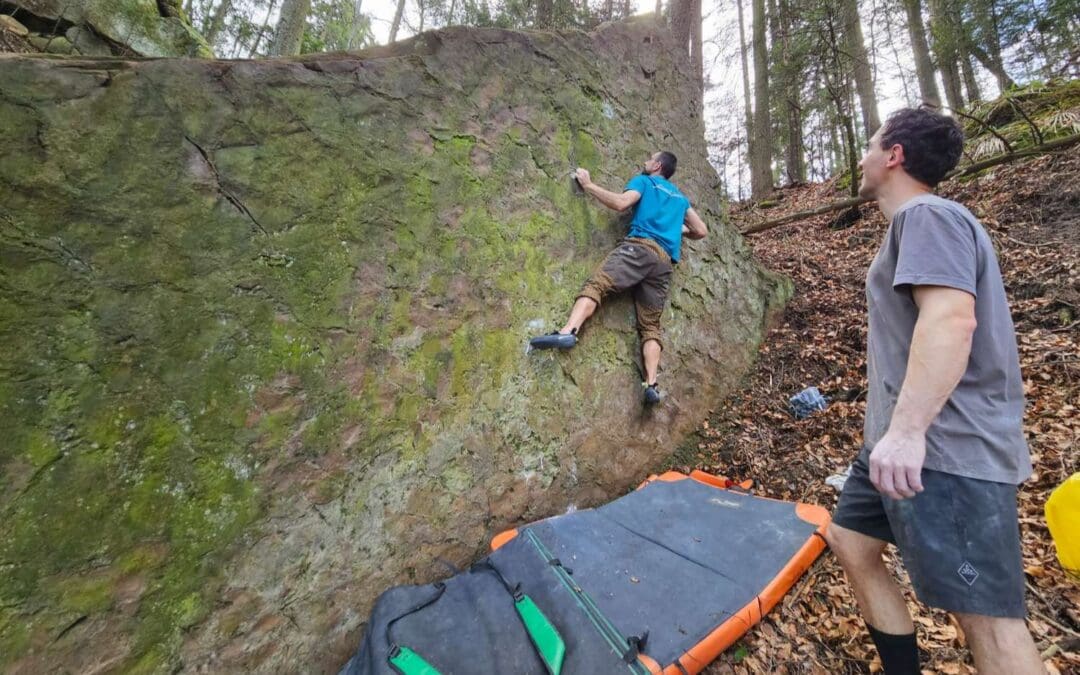
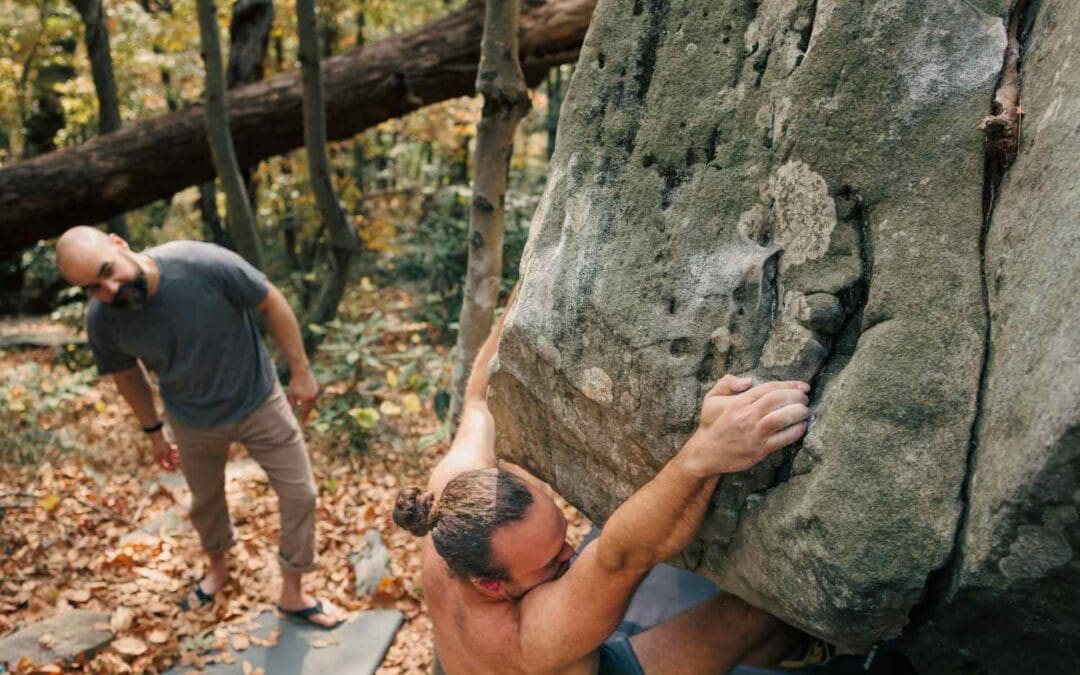
0 Comments